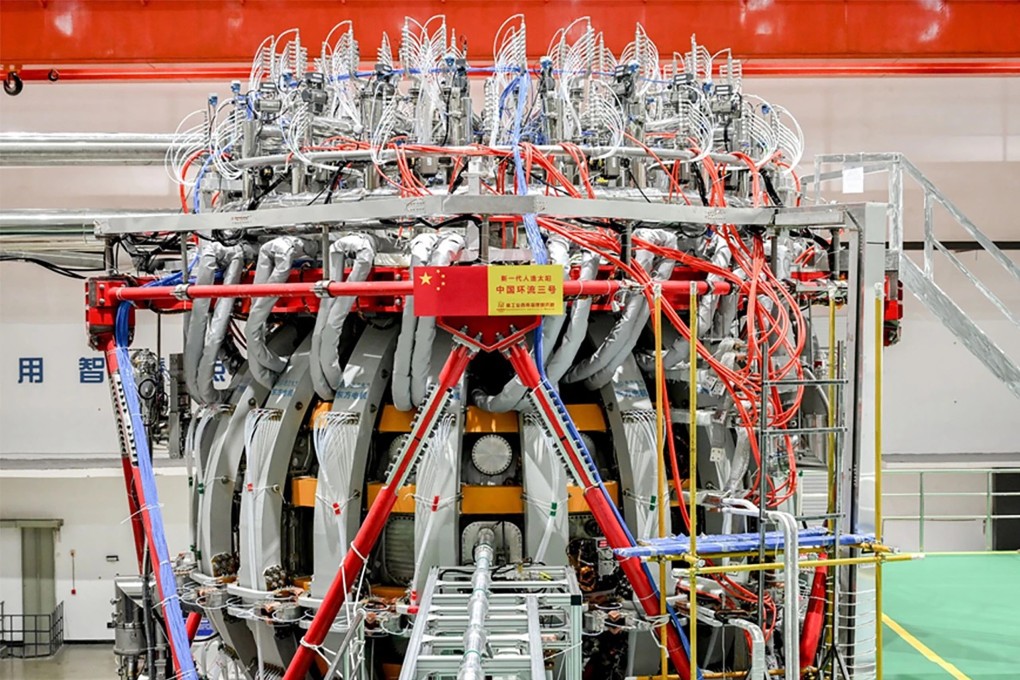Nuclear fusion: Chinese power firm hails step forward in quest to build ‘artificial sun’
- The China National Nuclear Corporation said it has generated a plasma current of more than 1 million amps in high-confinement mode
- Chinese research teams and other scientists around the world are trying to develop technology that will provide safe and clean energy from nuclear reactions

China’s state-owned nuclear power corporation says it has passed a milestone in its quest to create an “artificial sun” powered by nuclear fusion.
China National Nuclear Corporation (CNNC) said on Saturday that the newest version of its tokamak machine, known as HL-2A, had generated a plasma current of more than 1 million amperes, or 1 mega-amp, in high-confinement mode for the first time.
“This is an important milestone for the country’s development of nuclear fusion … as confined nuclear fusion is one of the three building blocks of the country’s nuclear energy development strategy,” it said.
Scientists hope that the process – which generates energy in much the same way as the sun generates heat and light – can provide safe, clean and near-limitless energy.
Unlike nuclear fission reactions, which is how contemporary nuclear plants generate power, it produces less radioactive waste.
CNNC said the device operates in a “high-confinement mode” (H mode) under which the temperature and density of the plasma increase significantly.